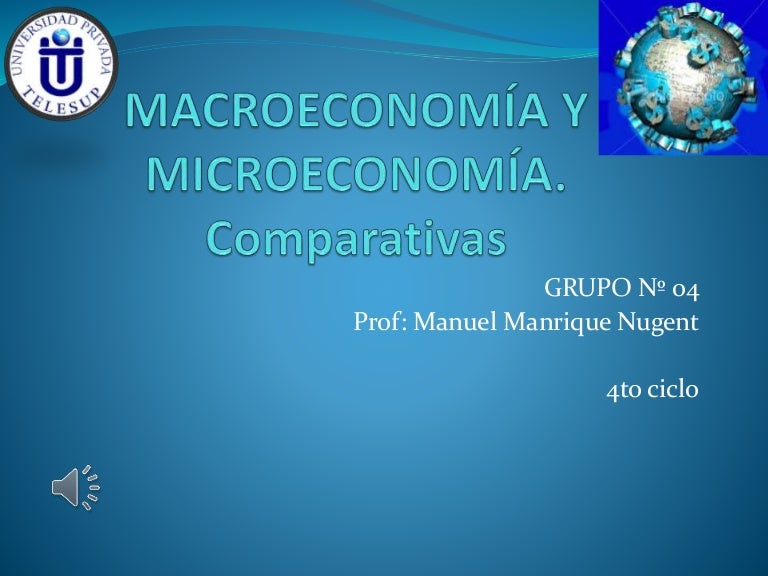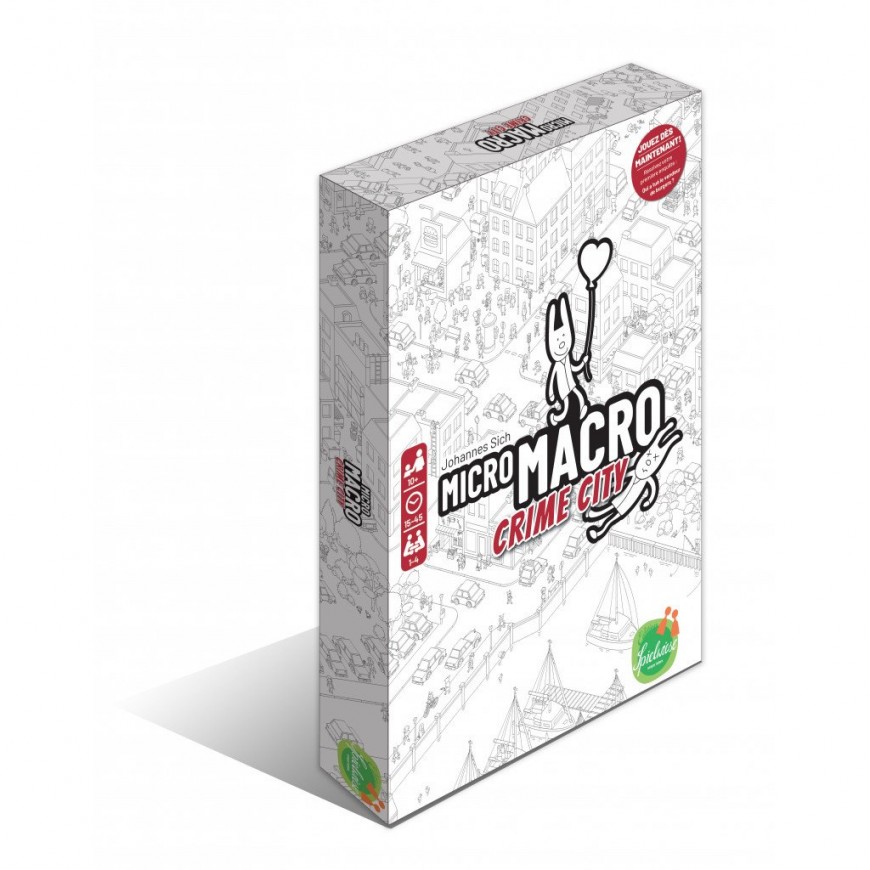

For those considering a career in social work, an understanding of the vast opportunities available at each level is imperative. The practice is typically categorized into three interrelated scales: micro, mezzo and macro. In reality, this is only one type of work that social workers do. What does a social worker do? If you believe the mainstream media, which generally portrays social workers engaging in one-on-one sessions with individuals or perhaps with families, you might perceive the position as one that functions on a relatively small scale. Instead, it works across three scales - micro, mezzo and macro - to create change. Social work doesn’t just help individual people. Social Work and Public Safety Collaborative.Solute transport in the deep and calcified zones of articular cartilage. Neutral solute transport across osteochondral interface: a finite element approach. Unique and redundant roles of Smad3 in TGF-beta-mediated regulation of long bone development in organ culture. Apoptosis and proliferation of growth plate chondrocytes in rabbits. The art of building bone: emerging role of chondrocyte-to-osteoblast transdifferentiation in endochondral ossification. Apoptotic osteocytes and disruption of the osteocyte network are the main change in the subchondral bone plate.Īghajanian P., Mohan S. Vascular elements and nerves grow into the uncalcified cartilage zone. The bony island is seen in the calcified cartilage. Hypertrophic and apoptotic cells are universally seen in the area. And at the end stage, total breakage of the cartilage fibrin is commonly found. Bone cyst and osteophyte formation are also common in the stage. Calcified cartilage thinning is common in the mid-late stage. And gradually, the collagen network in the cartilage is disrupted. The tidemark and cement line expresses more tortuosity than before. With the disease progression, the neurovascular invade the osteochondral interface. The subchondral bone remodeling also begins in this stage, resulting in the increased porosity of the subchondral bone plate. Chondrocyte proliferation begins in this stage. Cartilage swelling or edema is also common in the early stage. In the early stage of OA, Chondrocytes produce multiple kinds of inflammatory signals.

Subchondral bone is located under the calcified cartilage layer. The cement line is wavier than the tidemark. Tidemark duplication is presented in the tidemark. The thin layer of the CCZ is located beneath the hyaline cartilage. The collagen fibers are intact and robust, perpendicular to the surface in the osteochondral junction in the deep layer. Chondrocytes are aligned properly in the three layers. The articular cartilage covers the contact interface between the two adjacent joint surfaces. The normal knee joint (left top picture) showed the integrated image of the joint. The illustration shows the process from a normal healthy joint turning into the end-stage OA joint. Loss of integrity in the osteochondral interface in osteoarthritis. A thorough understanding of these biological changes and molecular mechanisms in the pathologic process will advance our understanding of OA progression, and inform the development of effective therapeutics targeting OA.Ĭartilage endochondral hypertrophy interaction osteoarthritis osteochondral junction.Ĭopyright © 2021 Fan, Wu, Crawford, Xiao and Prasadam. Multiple potential treatment options were also discussed in this review. In this review, we summarized the progress in research concerning the area of osteochondral junction, including its pathophysiological changes, molecular interactions, and signaling pathways that are related to the ultrastructure change. It plays a critical role in maintaining the physical and biological function, conveying joint mechanical stress, maintaining chondral microenvironment, as well as crosstalk and substance exchange through the osteochondral unit. The osteochondral interface is a vital structure located between hyaline cartilage and subchondral bone.
MACRO MICRO DRIVERS
Notably, the same pathways governing cell growth, death, and differentiation during the growth and development of the body are also common drivers of OA.

Osteoarthritis (OA) is a long-term condition that causes joint pain and reduced movement.


 0 kommentar(er)
0 kommentar(er)
